Animation The Global History – Book Review
Written by Maureen Furniss
Published by Thames and Hudson ISBN: 9780500252178
Reviewed by Karl Andy Foster
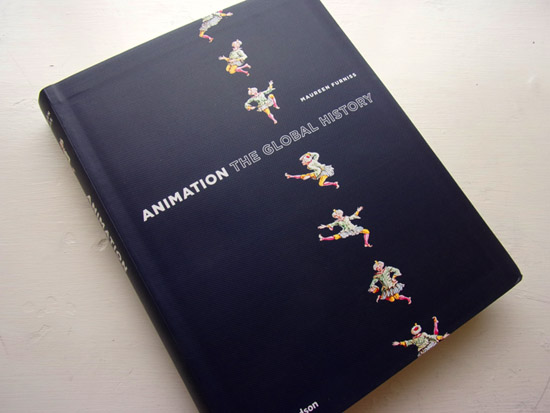
I’m a keen admirer of animation and all my recent work is animated so this should make me very positive about this book. That said I do need to remain objective. Maureen Furniss has achieved her aim of bringing together her vast knowledge of the subject, its history, its impact and its possible future directions. The book flows well and the writing style aids understanding and fact gathering. Animation The Global History brings her 30 years of lectures and learning materials together as she attempts to put a marker down for future scholars of the subject. This history is shown in chronological order, as is the convention in Parts 1 – 3 with the subsequent chapters devoted to the key themes, actors and landmark advances.
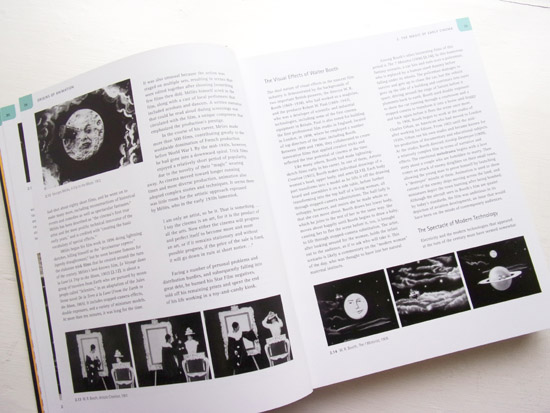
Animation The Global History surveys the cultural, political and economic advances from scientific mechanisms (automatons), through lantern shows, to early cell animation and the key innovators taking care to note the debt owed to video games and Japanese visual language. CGI that we encounter everyday has a legacy that stretches back to the 1920’s. It is interesting to see how prominent cartoon characters became early on as part of the growing fields of marketing, advertising and brand identity. We also see how migration from Europe to the US in the 1920/30’s enhanced the potential and creative direction of animation.

I have worked with students for many years investigating narrative structures with them and I found it was always their poor contextualisation of this subject that held them back at times. This book will furnish them with the breadth they need. The discovery of how ideas were explored (particularly in the 20th Century) by embracing this time-based medium will help them to analyse their own work. This book achieves its academic purpose in the following manner:
1. Each section starts with a spread showing the chapter headings and a graphic timeline that displays the historical, technological and political events that shaped the development and promotion of animated products.
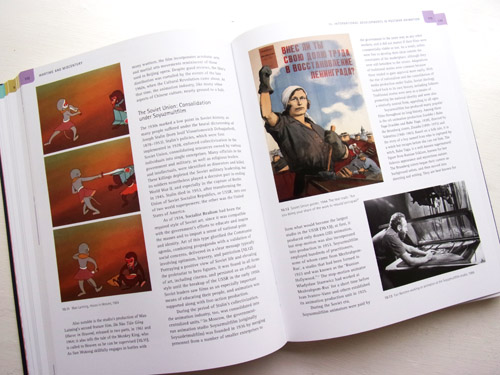
2. Each chapter page gives the chapter outline and the global storylines that allows you to search for relevant content.
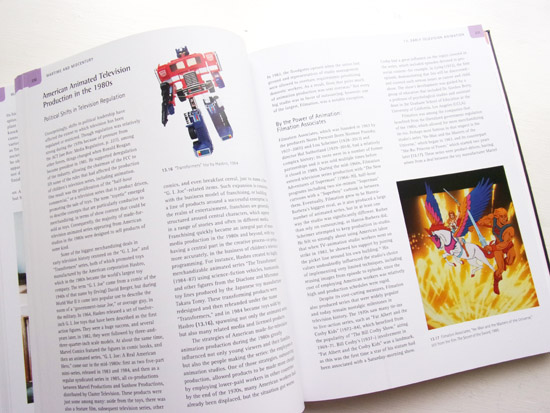
3. Each chapter has a conclusion page that also provides the reader with notes and key terms, a must in our age of search engines. Further study can be facilitated in this way.
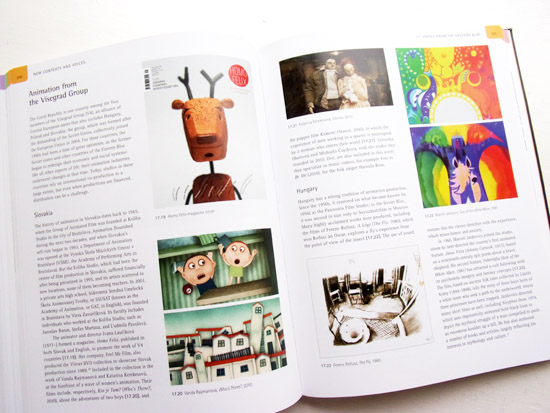
Younger readers obsessed with the technical and poetic magic of imagery and storytelling will also enjoy reading this book. The philosophical and psychological impact of animation on its creators and readers could have been covered in greater depth. I feel that as well as the scope and breath of the content more depth is required to add distinctiveness.
Animation The Global History can be used as a structured guide to this relatively young art form and commercial enterprise. Maureen Furniss has given us a book that we can read for pleasure and a narrative that we can recall with ease. Perhaps this is enough for now as the books global scope covers all the players in the game. It is an important to note that censorship has shaped what we can see and what we are discouraged from expressing. When a scholar exposes the cultural, political and economic context of a dynamic industry might there still be room for the subjective? Walt Disney may still have his name above the film title but it is time-based storytelling that is the real star of the show.
If you liked this book review then you may be interested in these books:
Pictoplasma – Character Portraits
Back to News Page
